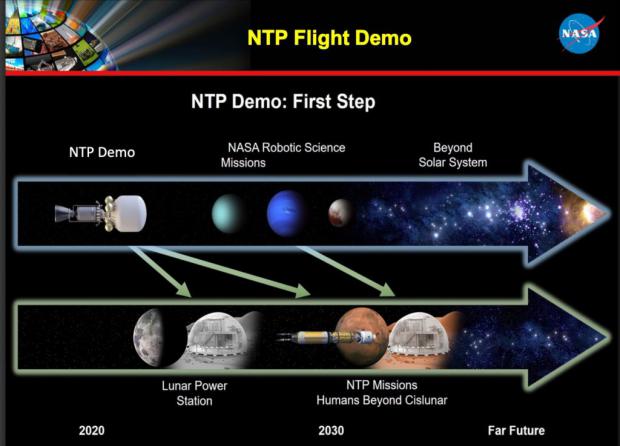
Breaking News
 Elon Tells Rogan the Real Reason Democrats are Prolonging the Government Shutdown [WATCH]
Elon Tells Rogan the Real Reason Democrats are Prolonging the Government Shutdown [WATCH]
 Newsom: Trump Is Trying to Rig the Election -- He Knows GOP Will Lose
Newsom: Trump Is Trying to Rig the Election -- He Knows GOP Will Lose
 There is zero justification for the Department of Justice's silence while the most serious...
There is zero justification for the Department of Justice's silence while the most serious...
 Gabbard Says Trump Has Ended America's Era Of 'Regime Change'
Gabbard Says Trump Has Ended America's Era Of 'Regime Change'
Top Tech News
 Graphene Dream Becomes a Reality as Miracle Material Enters Production for Better Chips, Batteries
Graphene Dream Becomes a Reality as Miracle Material Enters Production for Better Chips, Batteries
 Virtual Fencing May Allow Thousands More Cattle to Be Ranched on Land Rather Than in Barns
Virtual Fencing May Allow Thousands More Cattle to Be Ranched on Land Rather Than in Barns
 Prominent Personalities Sign Letter Seeking Ban On 'Development Of Superintelligence'
Prominent Personalities Sign Letter Seeking Ban On 'Development Of Superintelligence'
 Why 'Mirror Life' Is Causing Some Genetic Scientists To Freak Out
Why 'Mirror Life' Is Causing Some Genetic Scientists To Freak Out
 Retina e-paper promises screens 'visually indistinguishable from reality'
Retina e-paper promises screens 'visually indistinguishable from reality'
 Scientists baffled as interstellar visitor appears to reverse thrust before vanishing behind the sun
Scientists baffled as interstellar visitor appears to reverse thrust before vanishing behind the sun
 Future of Satellite of Direct to Cellphone
Future of Satellite of Direct to Cellphone
 Amazon goes nuclear with new modular reactor plant
Amazon goes nuclear with new modular reactor plant
 China Is Making 800-Mile EV Batteries. Here's Why America Can't Have Them
China Is Making 800-Mile EV Batteries. Here's Why America Can't Have Them
NASA Plans for Particle Bed Nuclear Thermal Flight Demo By 2025

BWX Technologies, Inc. (BWXT) is working with NASA in support of the agency's Nuclear Thermal Propulsion (NTP) Project. BWXT is responsible for initiating conceptual designs of an NTP reactor in hopes of powering a future manned mission to Mars.
The NTP project seeks to dramatically decrease travel time to and from Mars, while increasing payload size due to a lighter-sized aircraft. Compared to its chemical counterpart, a nuclear thermal rocket possesses twice the propulsion efficiency due to its high-thrust engine and ability to accelerate propellant at high speeds. Given NTP's advantages over traditional chemical propulsion systems, NASA estimates the technology will reduce transit to the Red Planet from six months to four.
NASA is testing fuel pellets and other components of the system.
China is starting to operate a pebble bed nuclear for commercial power generation at 210 megawatts of electrical power.
NASA is trying to get to nuclear thermal flight demo within 5 years. If all went well they would get a nuclear thermal mission by 2033.

 China Innovates: Transforming Sand into Paper
China Innovates: Transforming Sand into Paper

